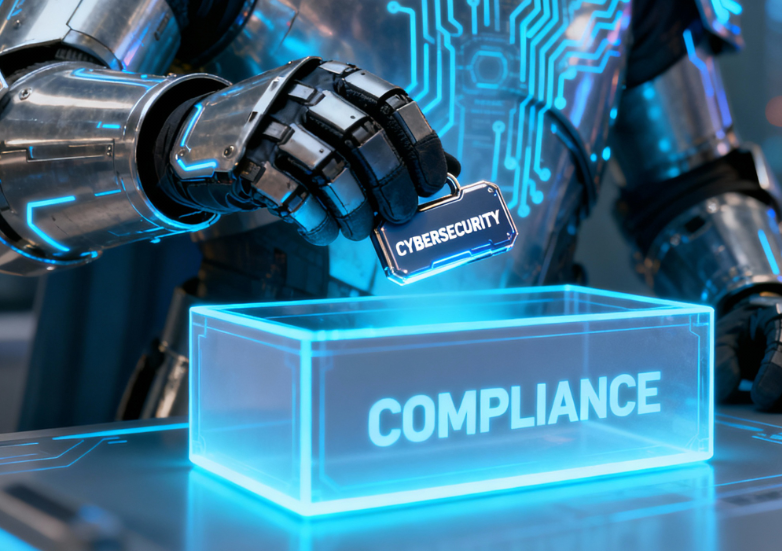Identity and Access Management, or IAM, is a foundational framework of business processes, policies, and technologies that organizations use to manage digital identities and control who — or what — can access specific resources within their systems. At its core, IAM ensures that only the right people, machines, or software components get access to the right resources at the right time, and for the right reasons.
What Is Identity and Access Management (IAM)?
IAM begins with the concept of a digital identity — a unique set of attributes or identifiers that represent a person, device, or application within a system. These identities can be as simple as a username and password, or as complex as a government-issued ID or a device’s MAC address. Once an identity is established, IAM systems authenticate (verify who or what the entity is) and authorize (determine what they are allowed to access).
IAM is not limited to human users. It also manages the identities of devices (like laptops and IoT sensors) and software workloads (such as applications or services), collectively referred to as machine identities.
Why Is IAM Important?
IAM is critical for both security and operational efficiency. By tightly controlling access, organizations can:
-
Prevent unauthorized access: Only those with the right credentials and permissions can use sensitive systems or data.
-
Reduce risk of data breaches: Limiting access to what is necessary for each role minimizes the potential damage if credentials are compromised.
-
Support regulatory compliance: Many regulations — such as HIPAA and PCI-DSS — require organizations to manage and monitor access to sensitive information.
-
Streamline user management: IAM allows for centralized control over user accounts, making it easier to onboard, offboard, and manage permissions for employees, contractors, and partners.
Best Practices for IAM Implementation
To maximize the effectiveness of IAM and ensure compliance with regulatory standards, organizations should follow these best practices:
-
Define Clear IAM Policies: Establish and document policies that outline how identities are managed and how access is granted and revoked.
-
Implement Role-Based Access Control (RBAC): Assign permissions based on job roles rather than individuals, ensuring users have only the access they need to perform their duties.
-
Enforce Least Privilege: Grant the minimum level of access necessary for each user or system to reduce the risk of accidental or intentional misuse.
-
Use Strong Authentication: Require multi-factor authentication (MFA) and strong password policies to protect against credential theft.
-
Regularly Review and Audit Access: Conduct periodic reviews of user permissions and access rights to ensure they remain appropriate as roles and responsibilities change.
-
Maintain Audit Trails: Keep detailed logs of authentication and authorization events to support compliance audits and incident investigations.
-
Automate Lifecycle Management: Automate the provisioning and deprovisioning of user accounts to ensure timely access updates and reduce the risk of orphaned accounts.
IAM and Compliance
IAM is a cornerstone of compliance for organizations subject to regulations like CMMC, HIPAA, and PCI-DSS. These standards require organizations to protect sensitive data by controlling access and maintaining audit trails. A robust IAM strategy not only helps organizations meet these requirements but also strengthens their overall security posture by reducing the risk of data breaches and insider threats.
Wrapping It Up
IAM is essential for any organization that values security and compliance. By defining who can access what, enforcing strict authentication and authorization, and regularly reviewing access rights, IAM systems help organizations protect their most valuable assets and demonstrate their commitment to regulatory requirements. Understanding and implementing IAM best practices is not just a technical necessity — it’s a security imperative.



